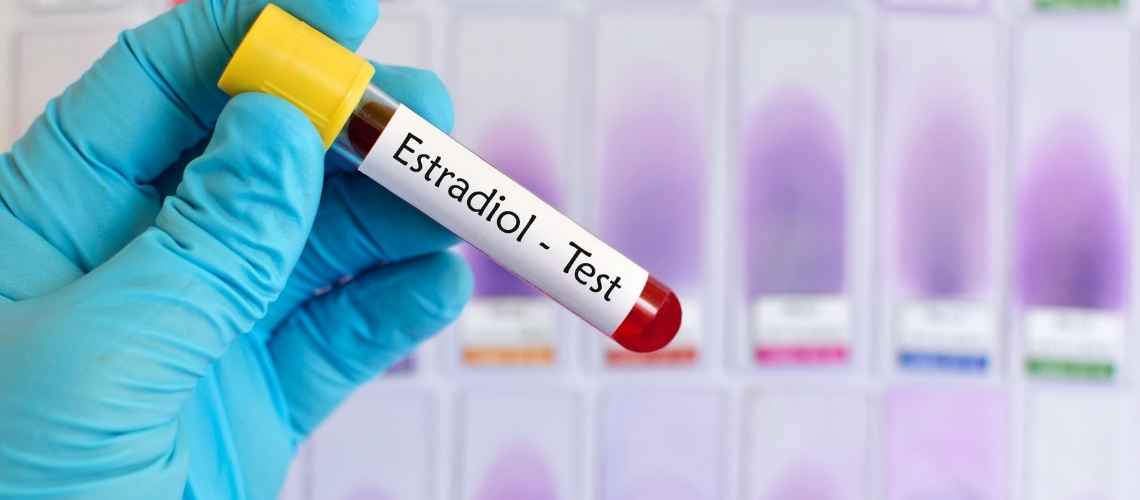Preimplantation genetic testing for aneuploidies (PGT-A) is a laboratory procedure performed during IVF to evaluate chromosomal abnormalities in embryos. It helps select embryos with normal chromosome numbers, reducing the risk of miscarriage and increasing the chance of a healthy pregnancy.
PGT-A involves biopsy of a few cells from the developing embryo, which are then analyzed using advanced genetic techniques. The results indicate whether an embryo has chromosomal gains or losses. Only embryos with balanced chromosome sets are considered suitable for transfer.
This testing is particularly valuable for women of advanced maternal age, couples with recurrent pregnancy loss, or those with previous IVF failures. PGT-A improves implantation rates and decreases the likelihood of transferring embryos with genetic abnormalities.
By minimizing the transfer of chromosomally abnormal embryos, PGT-A contributes to shorter time-to-pregnancy and reduces emotional and financial burden on couples undergoing assisted reproduction. It is an important tool for personalized reproductive medicine.
Advantages of PGT
It allows a clear selection of embryos (as analyzing cleavage patterns in Embryoscope is totally subjective since it very much depends on the laboratory conditions and embryologist’s experience). It should be noted that many aneuploid embryos do divide normally giving rise to high quality embryos. Therefore, PGT is strongly advised in case of:
▪︎ Advanced maternal age (as aneuploidy in embryos is totally correlated with maternal age)
▪︎ Repeated implantation failures
▪︎ Repeated spontaneous abortions
▪︎ History of abnormal fetal karyotype
Disadvantages of PGT
- A biopsy sample representing a very small part of the 5th day embryo, named as blastocyst, has to be taken in order to do the test. Although very simple in unexperienced hands, this procedure can be lethal to the embryo.
- To give time to the genetic test, blastocysts are frozen by a technique called vitrification, which is very straightforward but harmful in unexperienced hands.
- PGT is an expensive test, therefore it may be useful to use it in combination with Embryoscope to prioritize embryos when there are many.
Who is a good candidate for PGT-A?
Identifying suitable candidates for Preimplantation Genetic Testing for Aneuploidies (PGT-A) involves careful consideration.
- Firstly, individuals of advanced maternal age stand to benefit significantly. As maternal age ascends, the probability of chromosomal irregularities in embryos escalates, diminishing implantation success rates and live birth outcomes. PGT-A serves as a pivotal tool in selecting embryos with the optimal chance for a healthy pregnancy.
- Secondly, those with a history of miscarriages find value in PGT-A. Chromosomal abnormalities often underlie repeated miscarriages. Through PGT-A, embryos with a reduced likelihood of leading to miscarriage are identified, offering hope to couples facing this challenge.
- Lastly, couples with a known genetic disorder risk can leverage PGT-A. This technology pinpoints embryos free from specific genetic conditions, enabling informed decision-making about embryo transfer.
Discussing PGT-A’s potential with a healthcare provider is crucial. The decision hinges on various factors including the individual’s medical history, the number of embryos available for testing, and specific reproductive goals. Ultimately, PGT-A offers a personalized approach to fertility treatment, aligning technological advances with the unique needs of each patient.
Reference: Homer, H. A. (2019). Preimplantation genetic testing for aneuploidy (PGT‐A): The biology, the technology and the clinical outcomes. Australian and New Zealand Journal of Obstetrics and Gynaecology, 59(2), 317-324.








